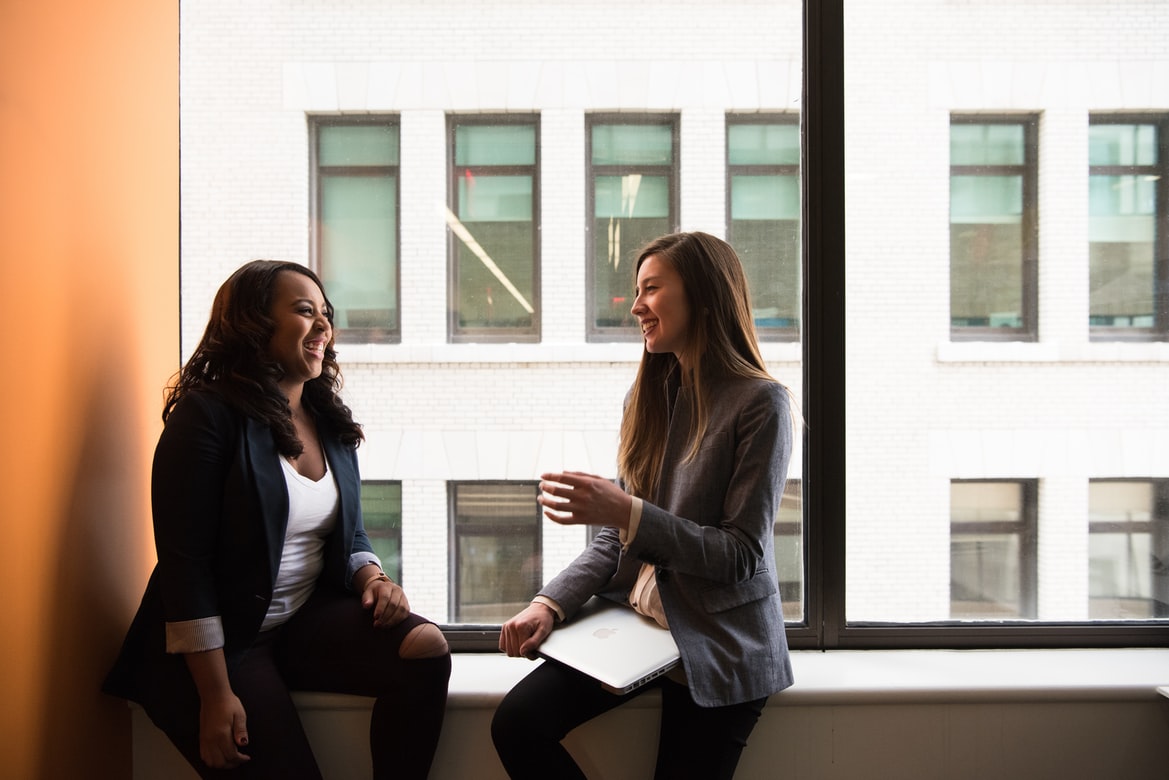You take all of yourself to work … what does that mean? It means that whether we are facing challenges at the office, at home, on a macro or a micro- personal level it shows up at work, and you cannot avoid it. Here’s how to become authentically resilient at work.
‘Compartmentalising’ our emotions and experience of the world is never effective for long, which is exactly why we need Authentic Resilience. Learning to face, deal and cope with all of life’s challenges so that we can thrive – rather than merely be functional – is what the skills of Authentic Resilience are all about.
Contrary to popular opinion, resilience is not about taking a hard knock and ‘bouncing back’; it’s not about just putting your head down and carrying on no matter what; and it’s not about trying to ‘go it alone’. People with high levels of Authentic Resilience are able to process their feelings, not bypass or suppress them. They also seek out help when they know they need it. They have intentional practices and habits that dynamically support their well-being, and all of this can be learnt.
We asked Gabi Lowe and Pippa Shaper, co-founders of The Resilience Factory, how to become more Authentically Resilient at work. Here are their top 5 tips:
- Ask what is your intent? – the most driven, energised and self-disciplined people go through periods when it is hard to self-motivate. The antidote, contrary to what most of us think, is not to push through, but instead truly examine your intent.
Here is an example of resolving a conflict with a work colleague. Before deciding what to do, acknowledge and understand your intent – but make sure to examine it honestly. Is it to display power or is it to resolve the conflict? Is it because you have to or because you want to? And why do you want to do it? How are you going to do it?
- The value of stillness. Most of us place enormous value on doing- taking action, being productive, making things happen, Experience has taught us that constant change, challenge and adversity tests and drains our reserves and while it is seemingly a contradiction, there is true value in stillness.
Don’t wait to reach the point of total exhaustion before realising that simply sitting in stillness can be all that you need. As Eckhart Tolle said: “You have a treasure within you that is infinitely greater than anything the world can offer.”
- The brutal truth – there is no path to healing or resolution without facing down the truth.
This could be a devastating loss, or simply a challenging dynamic at work or home. The only way to do your best thinking and start working out how to move forward is to examine and explore the truth of things as they are, rather than how you want them to be. As Nelson Mandela himself said, “ Courage is not the absence of fear, but the triumph over it.” Facing down the brutal truth of your reality in any situation is difficult, but it is the first step toward building resilience. It is a huge ask to let go of the illusion of how you think life should be and face down what is.
- In a world of paradoxes where we are constantly challenged to have all the answers, we have to find a way to live with uncertainty. We have to accept we can’t know, solve, understand and control everything. In every situation there is both this and that.
The simple yet powerful word ‘AND’ can really help change your perspective. It carries inordinate power when used as a tool to manage negative thoughts and feelings or when circumstances start to overwhelm you. For example: a situation at work is unfair…and it’s a chance to make a change; there is conflict…and opportunity to solve it; change can be challenging and extremely rewarding, a team can be disruptive and bring fresh thinking, you need to access hope, a vision for the future and face reality and live in the now.
Living in the land of ‘this and that’ will open up a wealth of possibilities.
- Our ability to choose how we respond to any challenge, adversity, or situation that life sends our way is what we refer to as our “response-ability”.
You don’t get to choose what happens to you in life, but you always have the choice as to how to respond. Putting some space between an event and your response can have a positive effect on your ‘response-ability’ and give you time to evaluate different angles before you respond.

